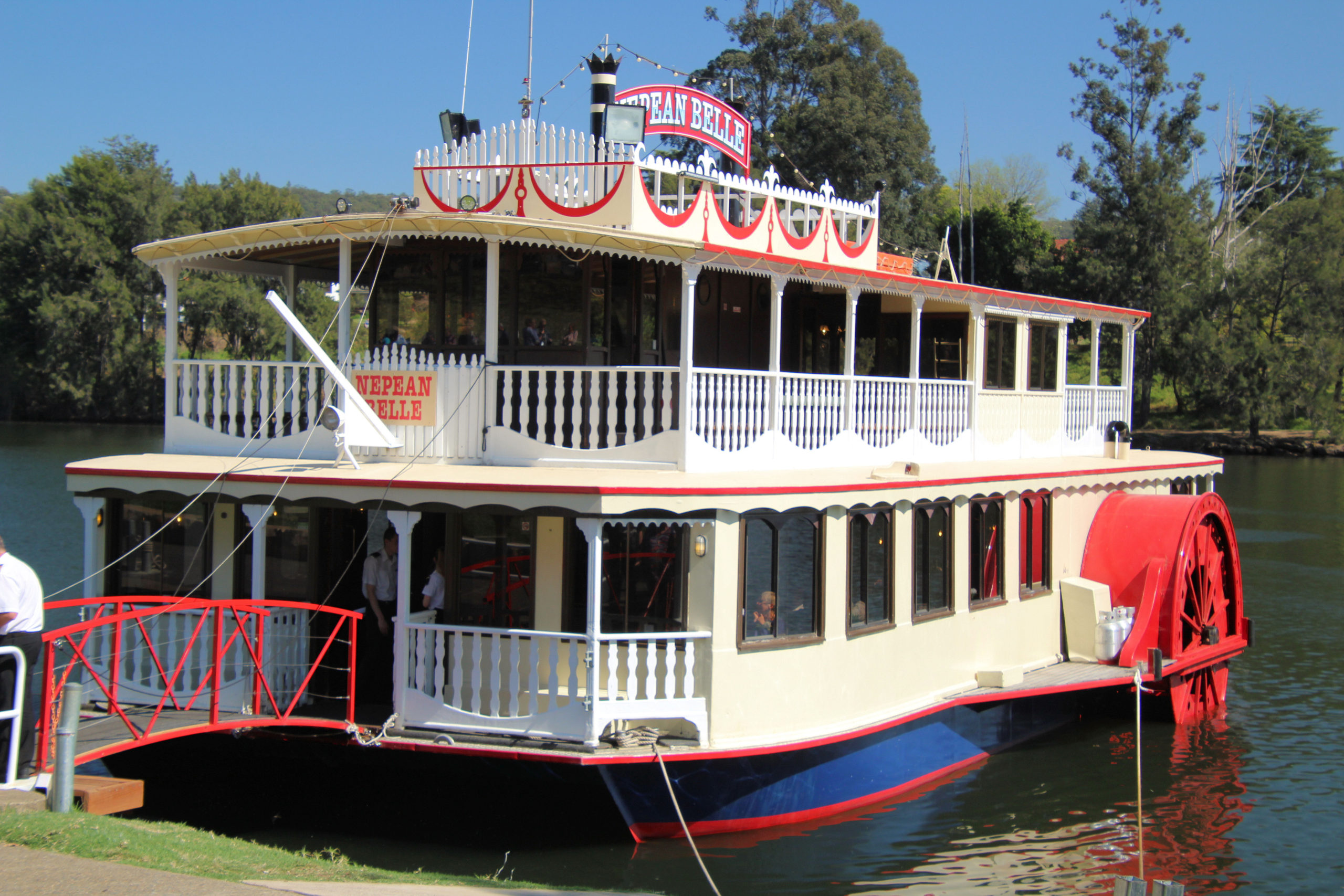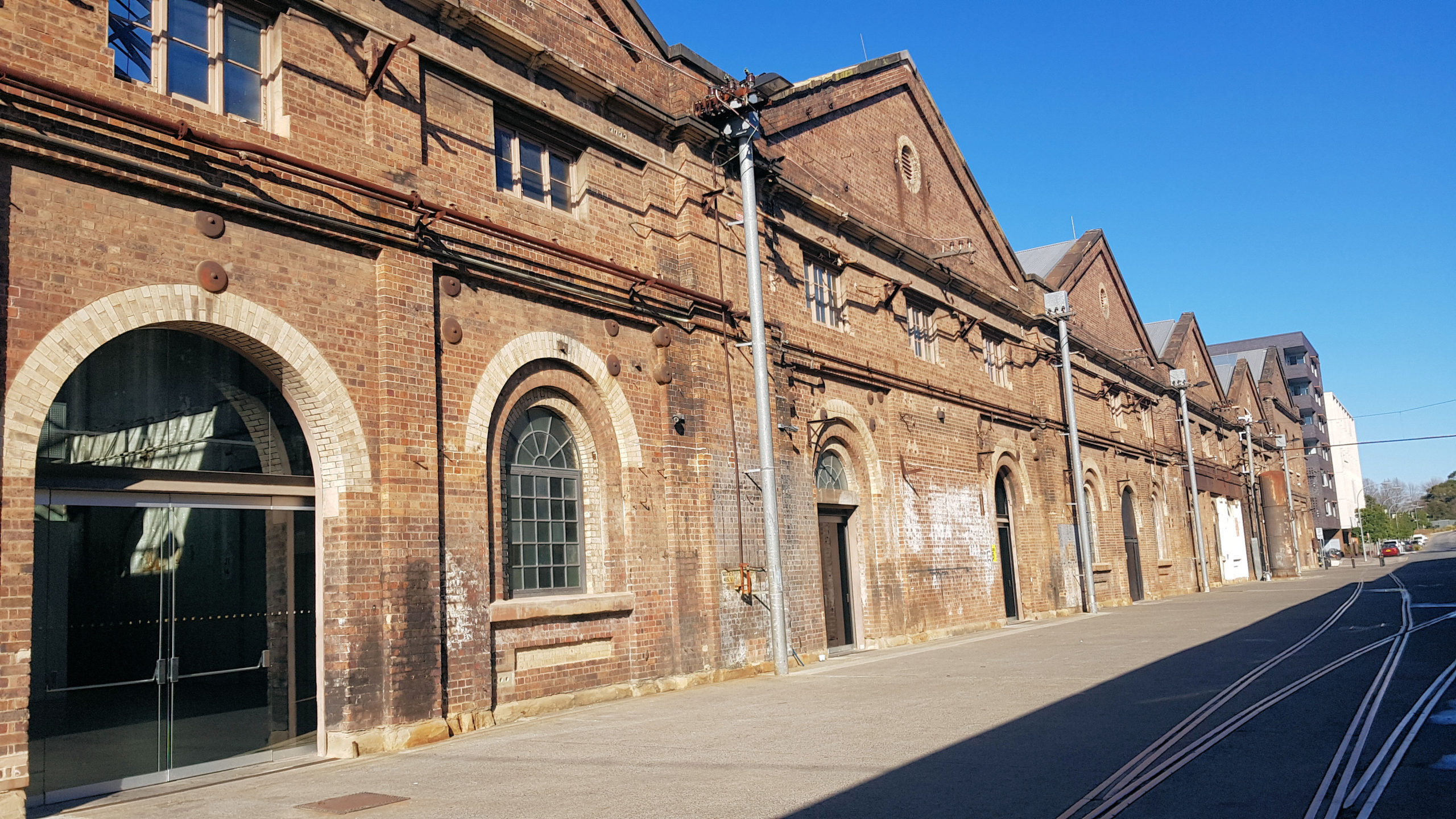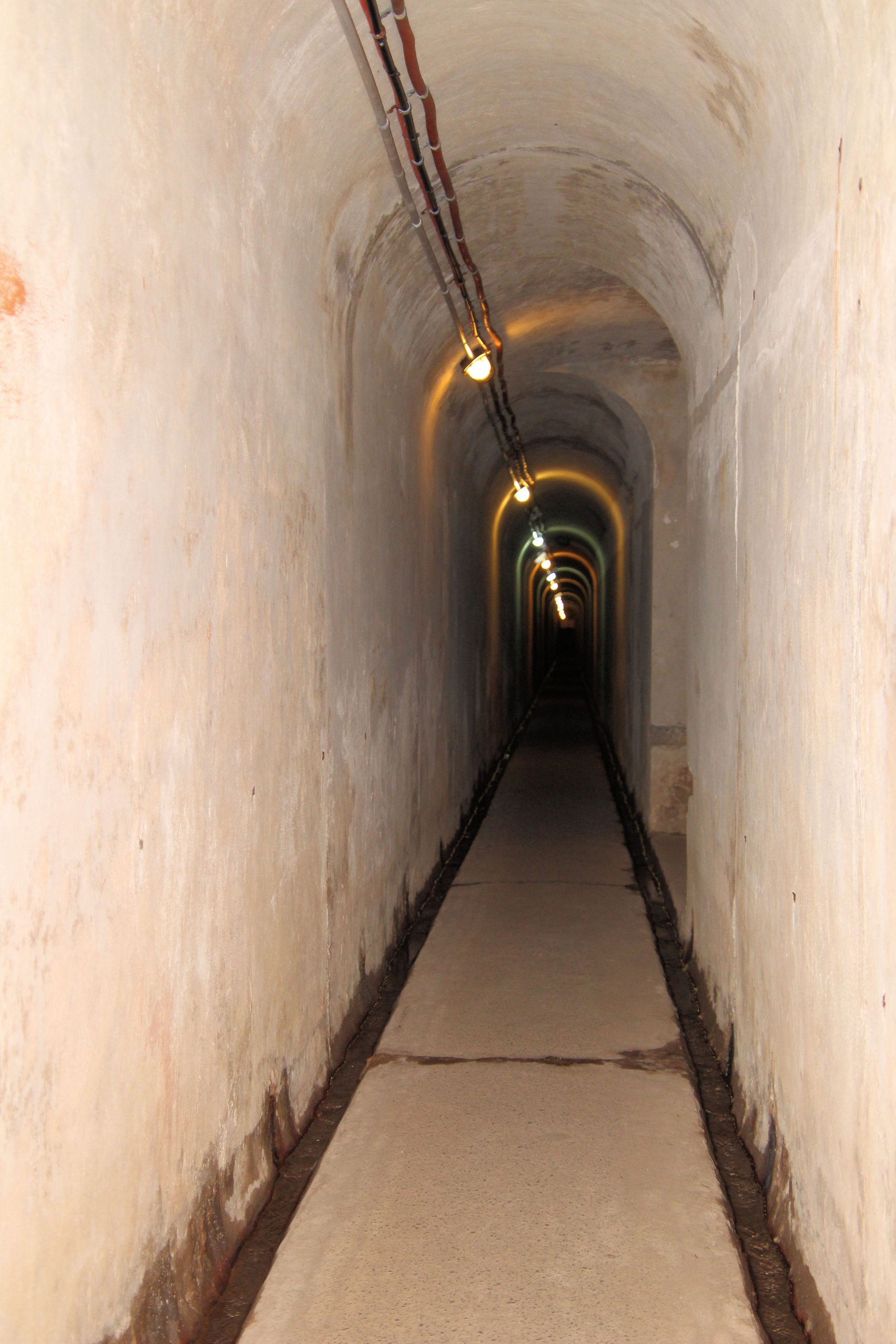Tag: Sydney
-
Nepean Belle Paddlewheeler

Nepean Belle Paddlewheeler A great way to experience the Nepean River at Penrith is to take a cruise on the Nepean Belle Paddlewheeler down the 50 million year old gorge. This gives you a nice relaxed environment, while viewing the river and enjoying morning tea or lunch. We chose the morning tea cruise, giving us… Read more
-
Carriageworks Eveleigh Sydney

We have spent a lot of time on the trains into Sydney and always gone past this area, without thinking too much about what it had to offer. Converted from old railway workshops, Carriageworks, located at Eveleigh, is now a huge display centre for artists and engages artistic and audiences with contemporary ideas and issues.… Read more
-
North Head Sanctuary and Tunnels

North Head Operated by Sydney Harbour Trust, North Head is an ex-army heritage listed site. Staffed by volunteers, the Visitor Centre is an ideal point to start your exploration of the area as they can provide you with an overview of what’s available. Our visit on a Sunday corresponded to the day that a guided… Read more